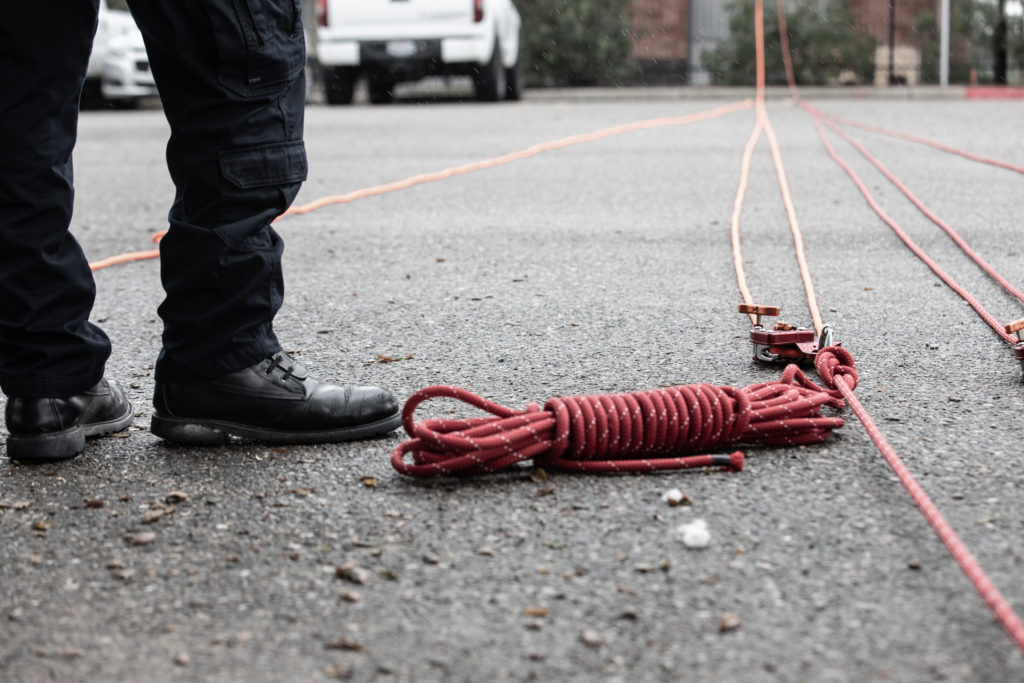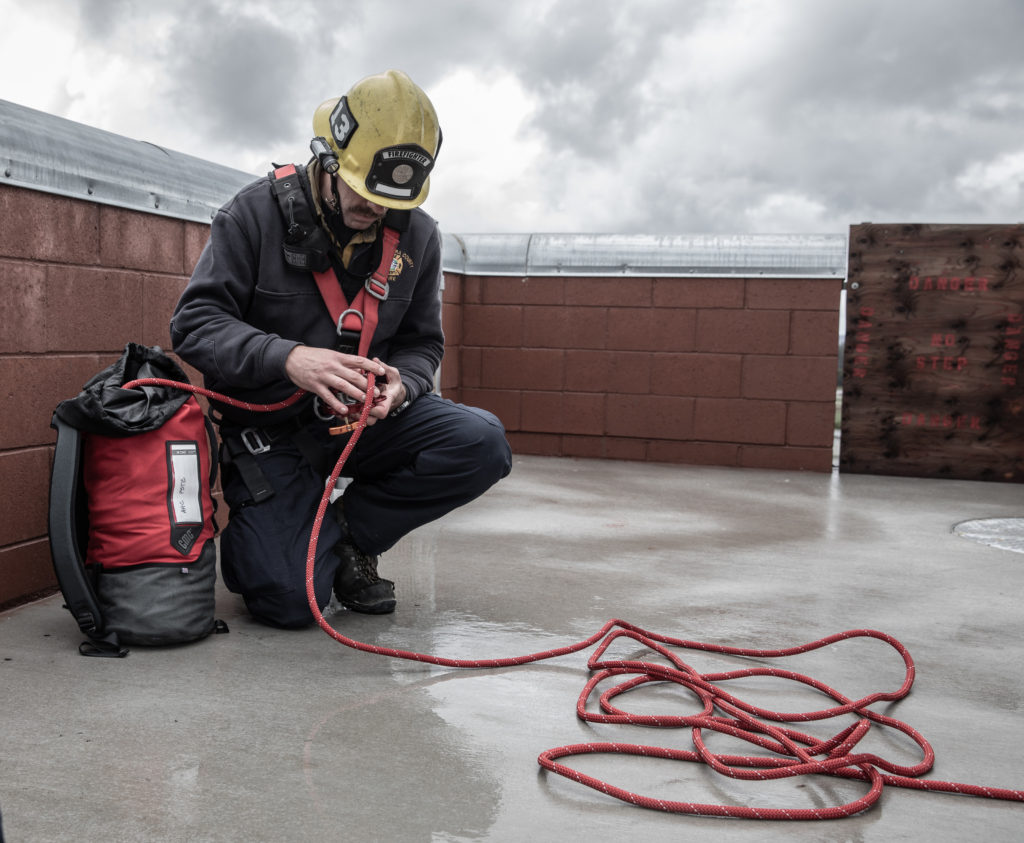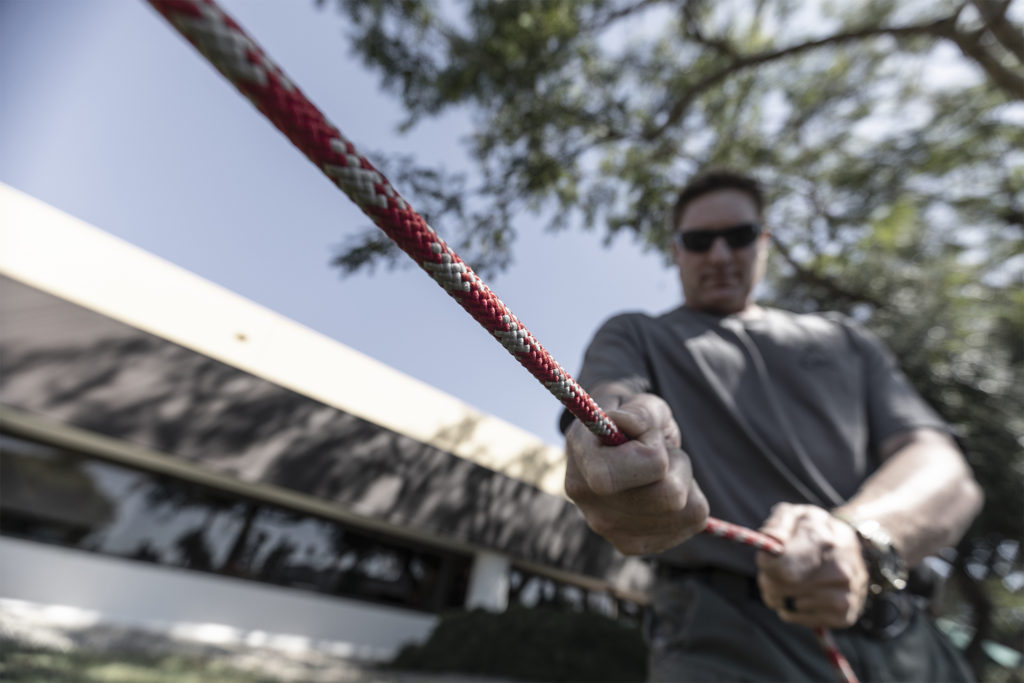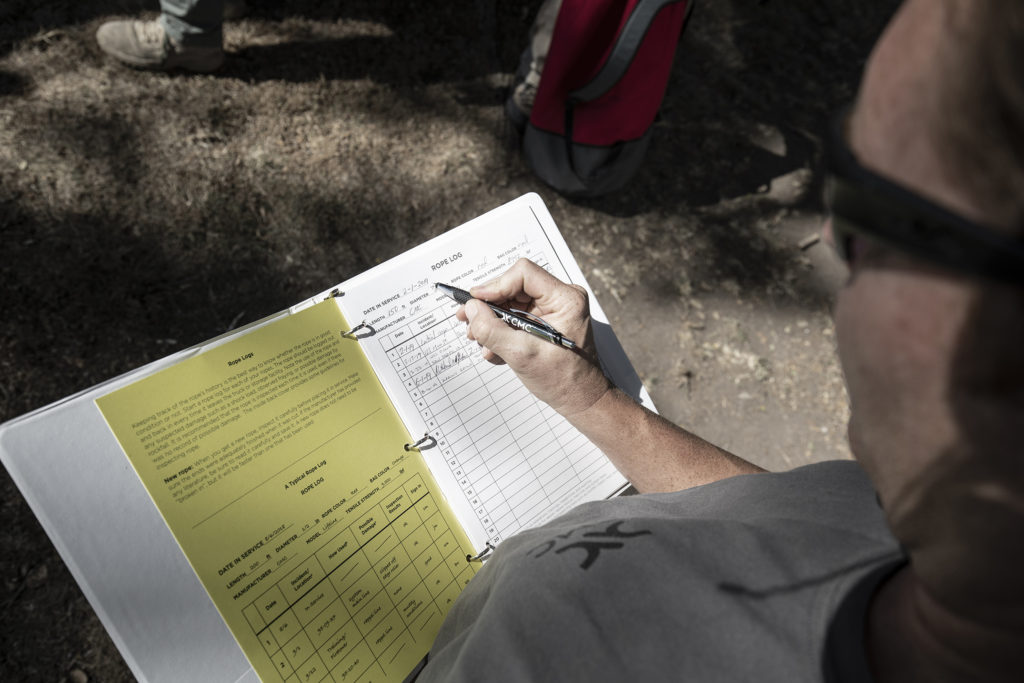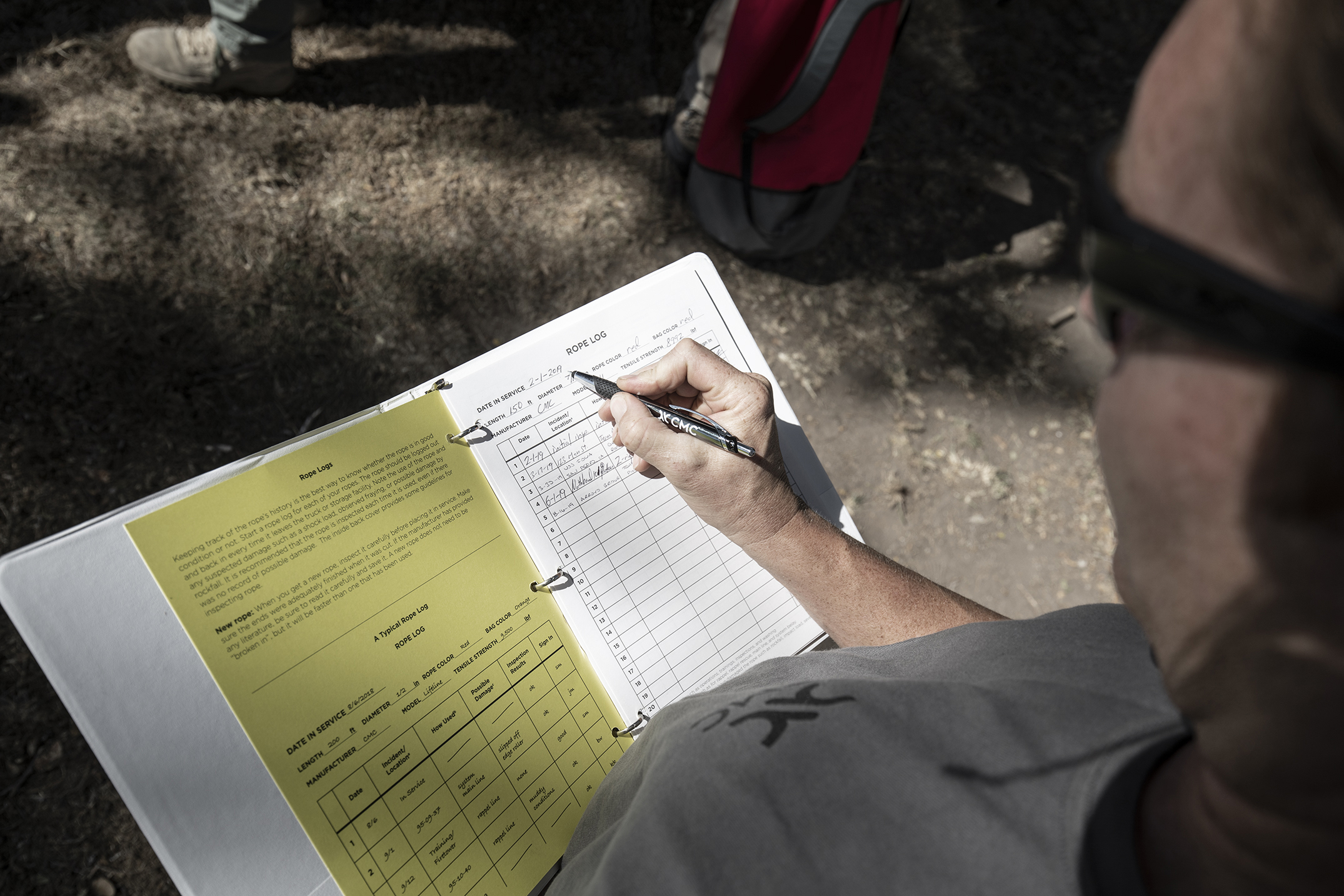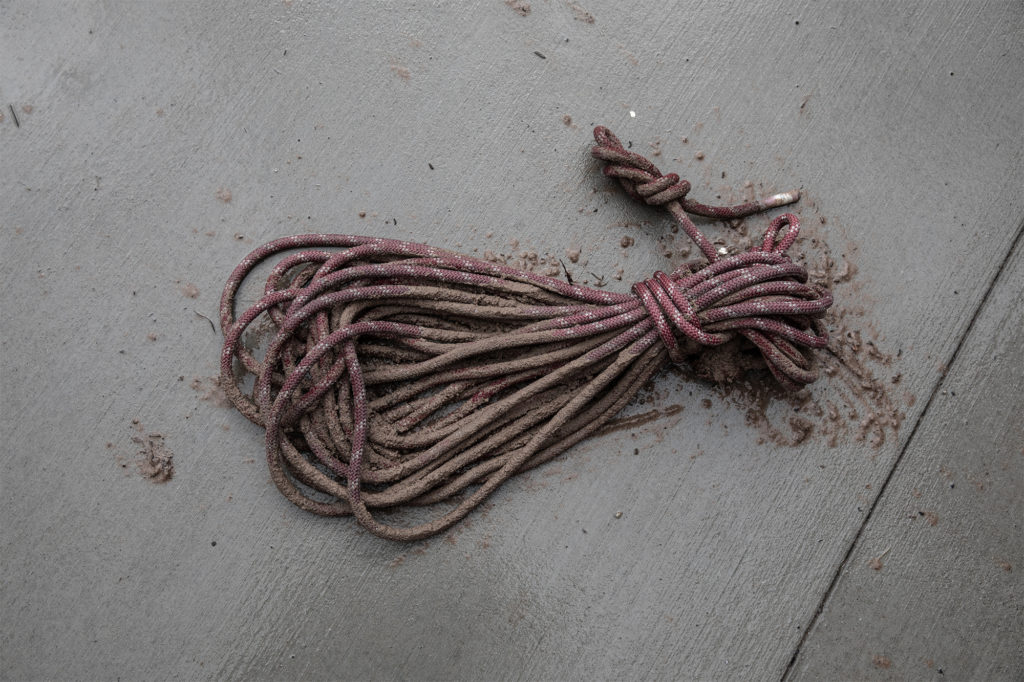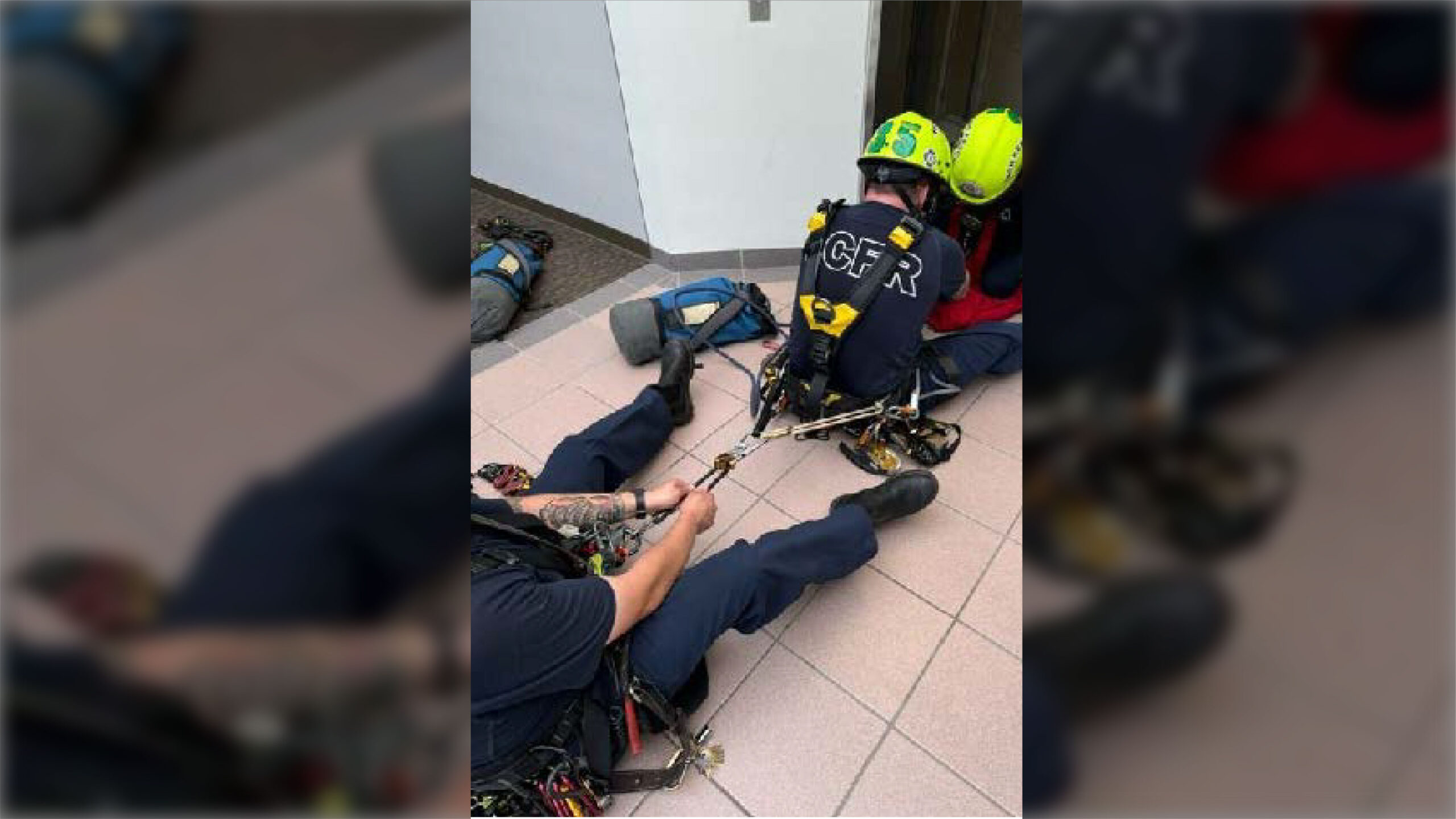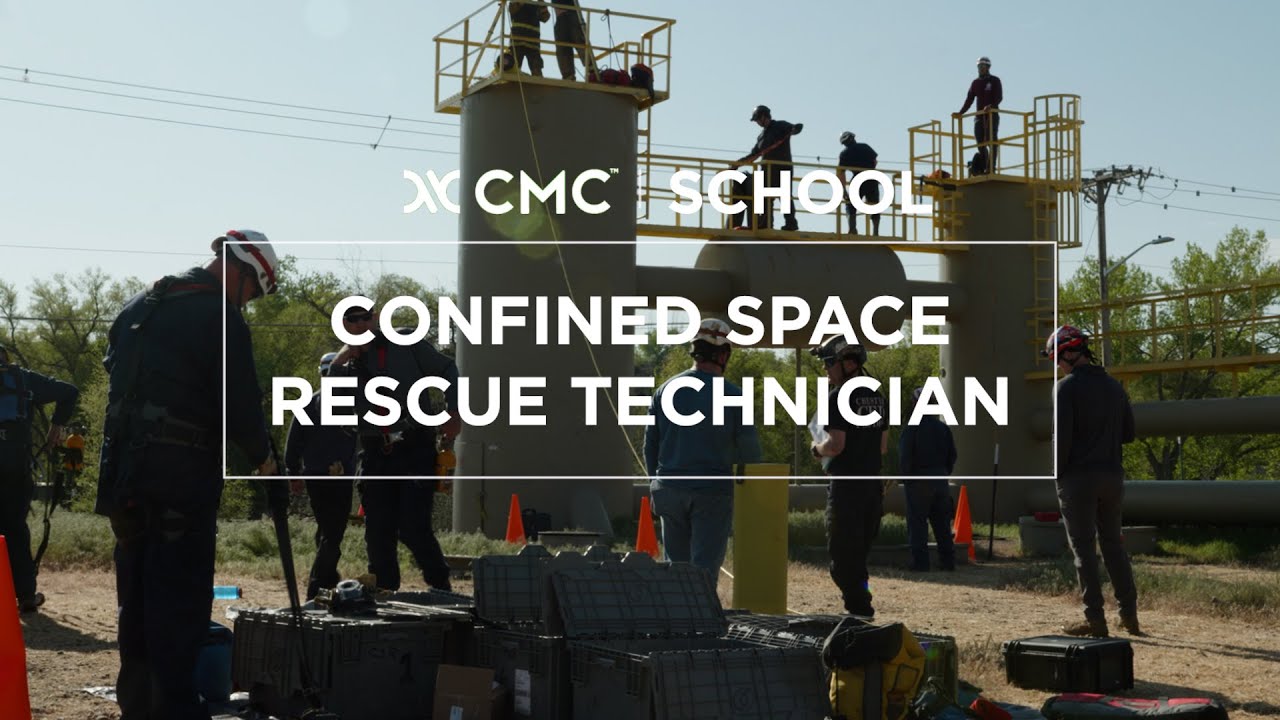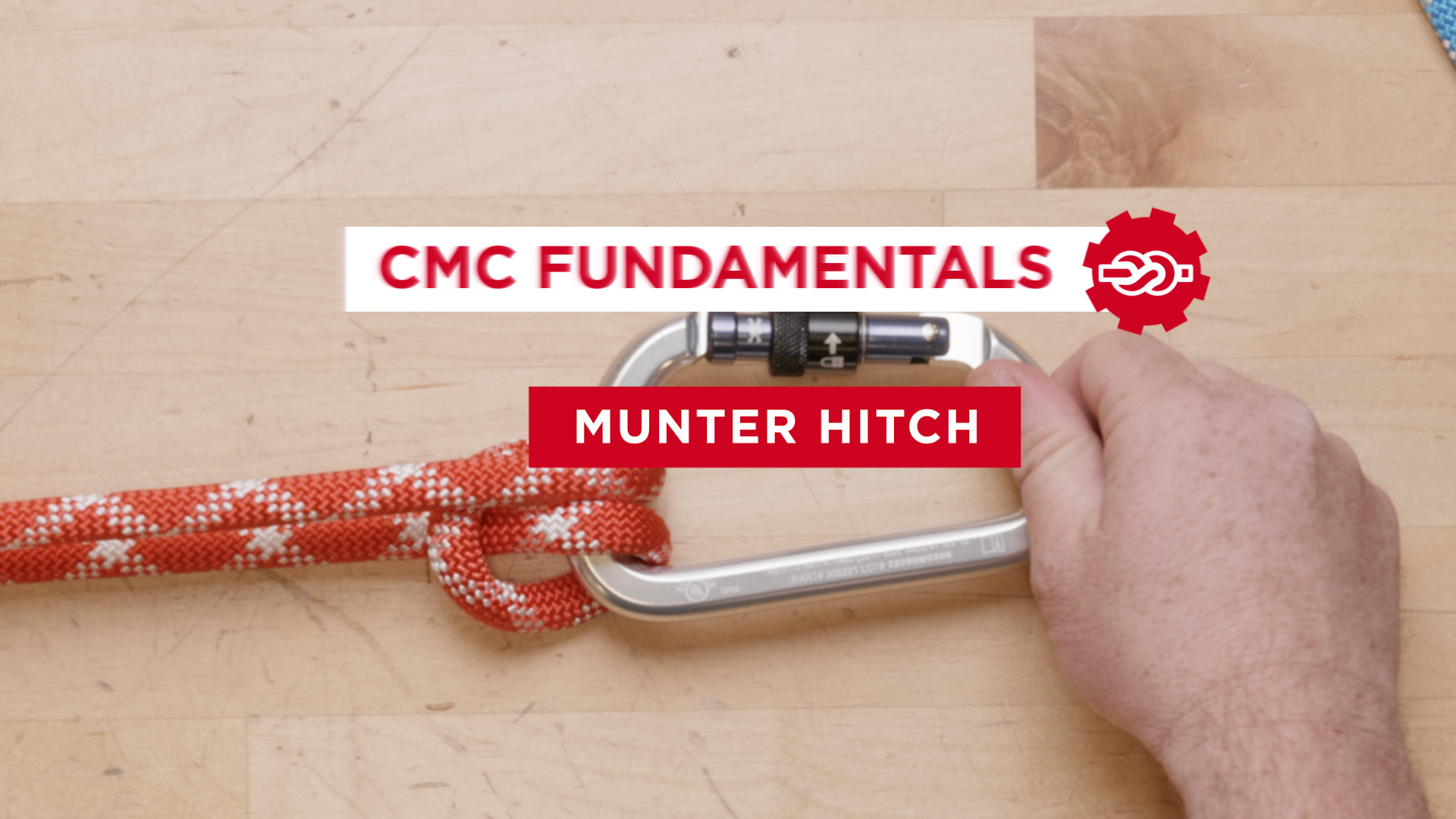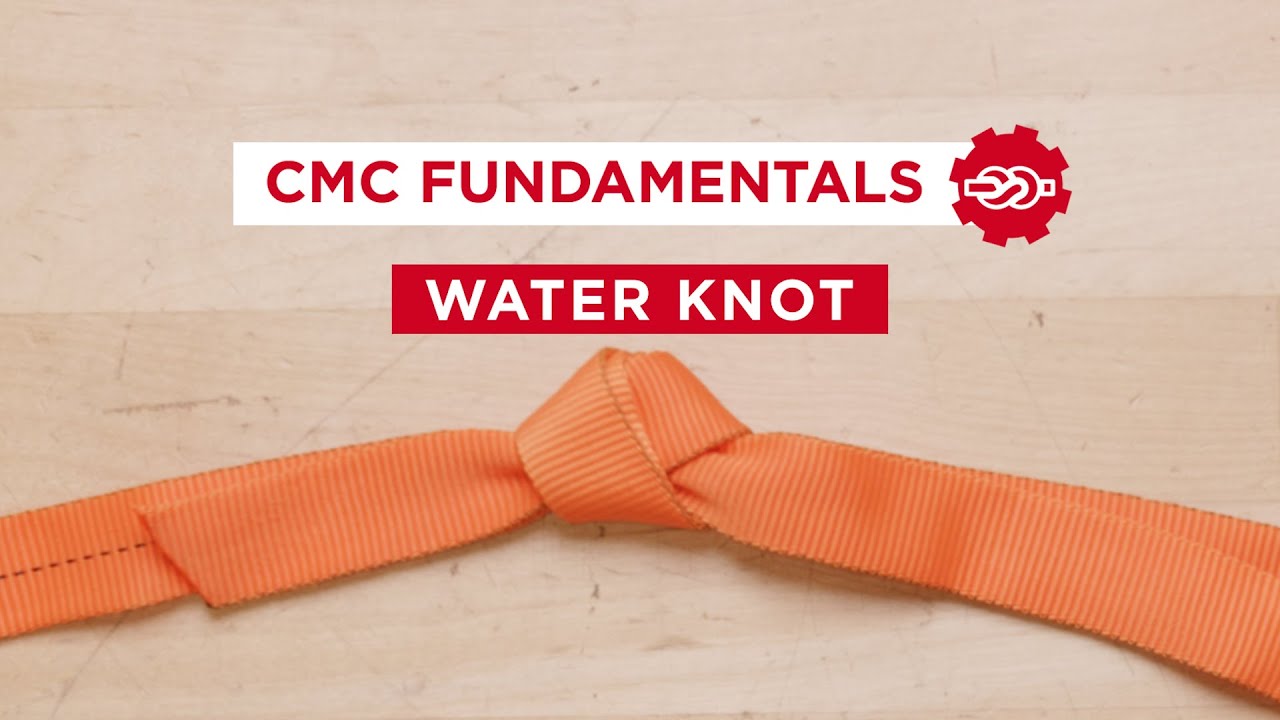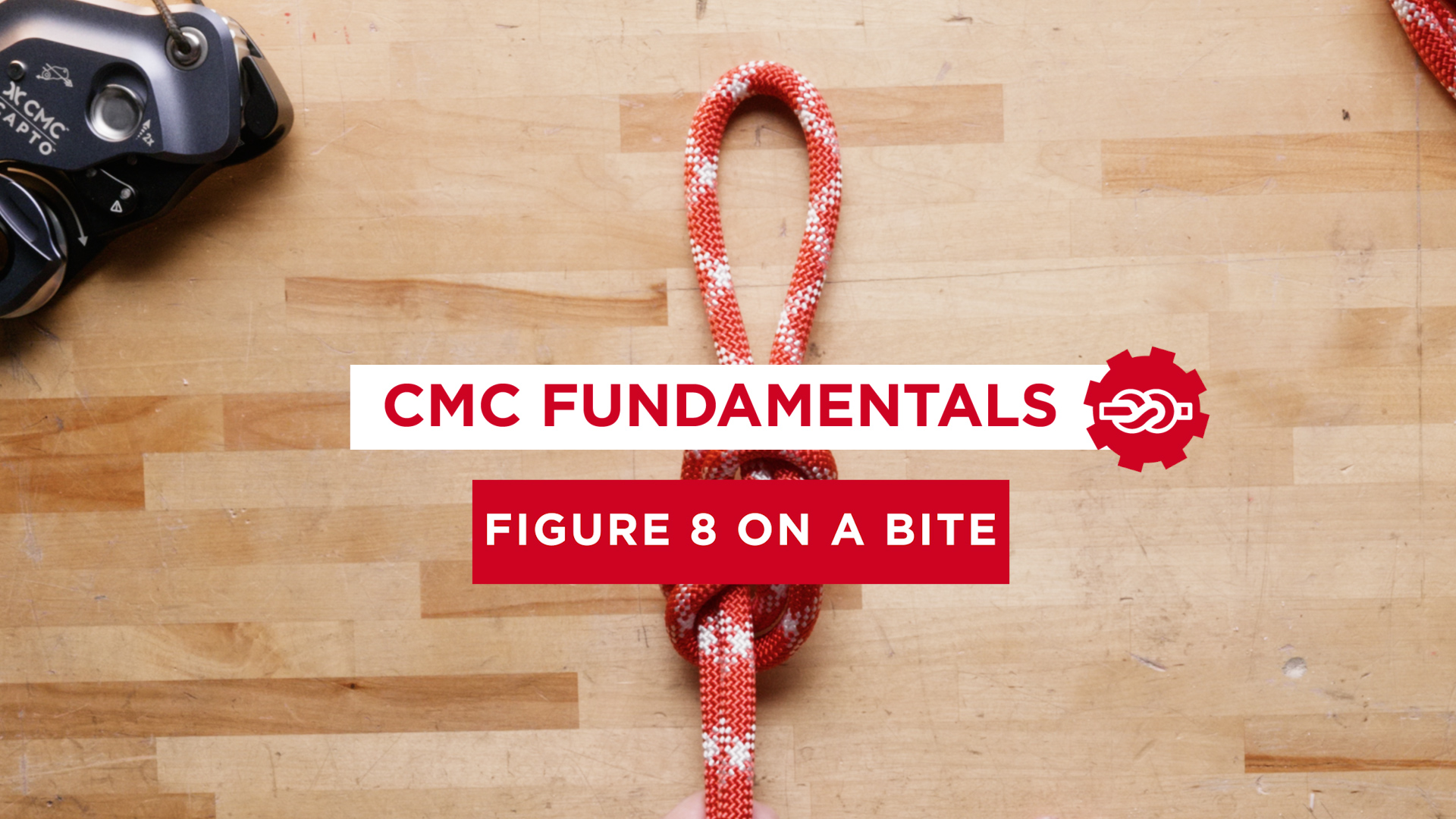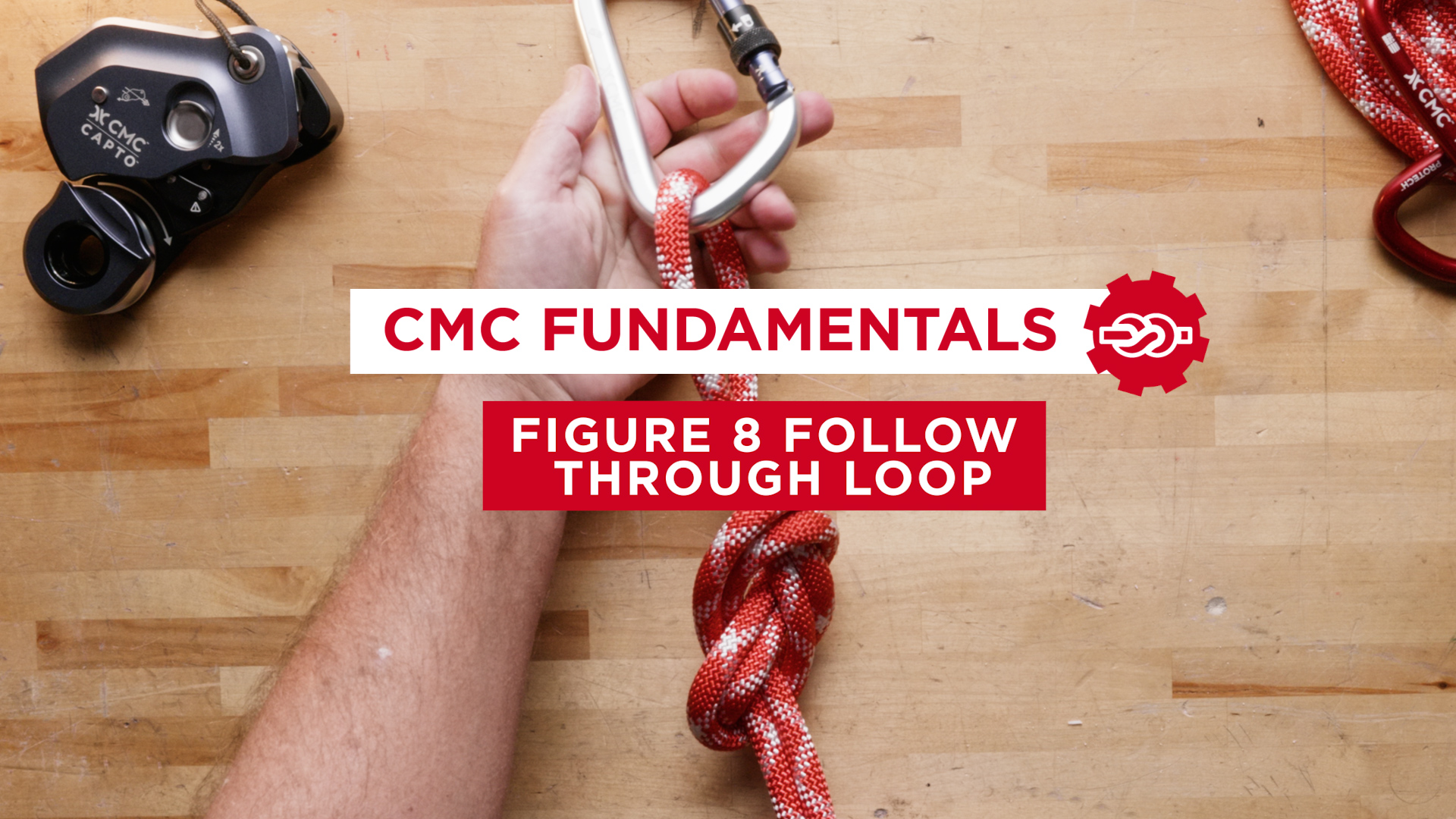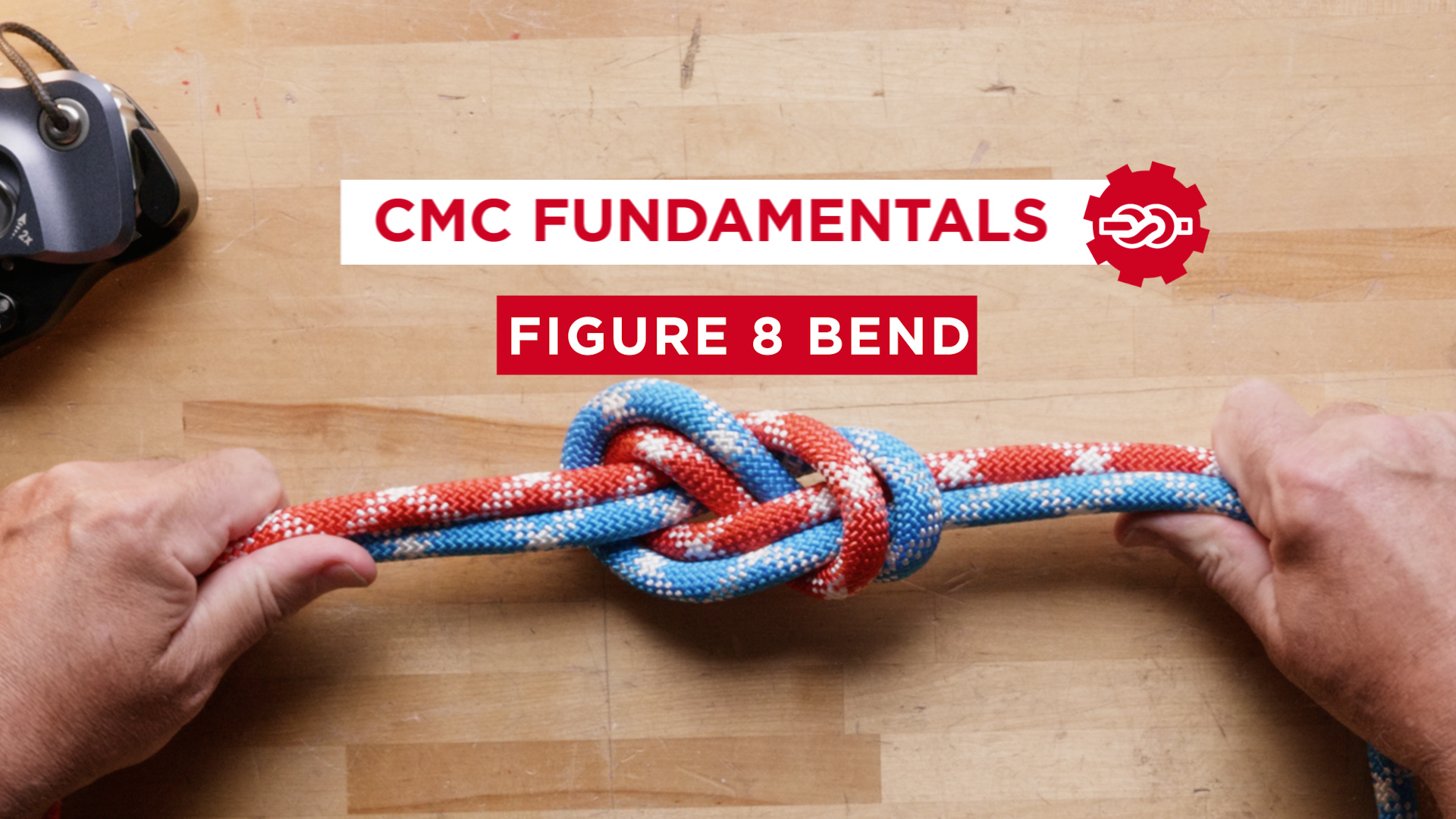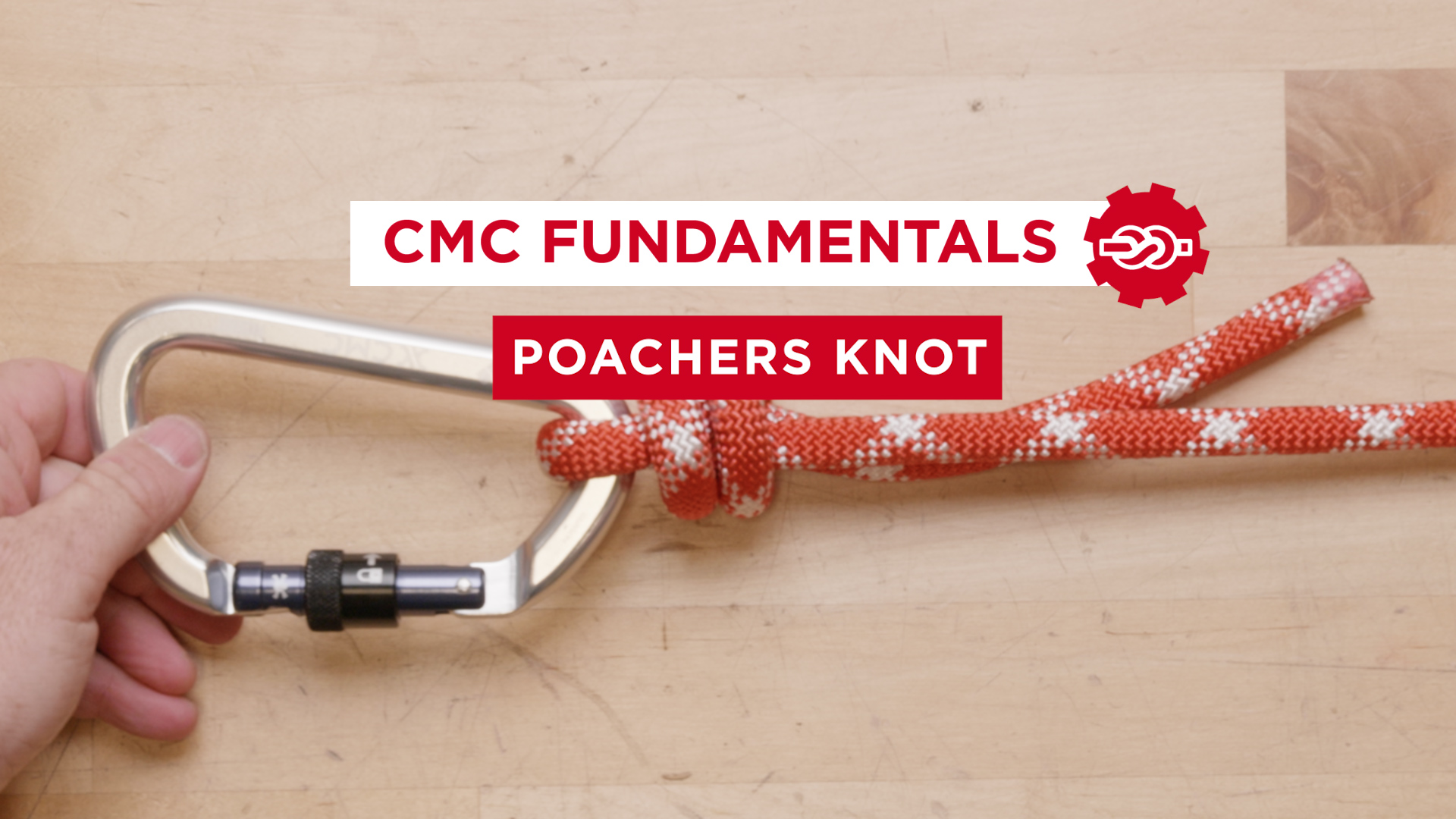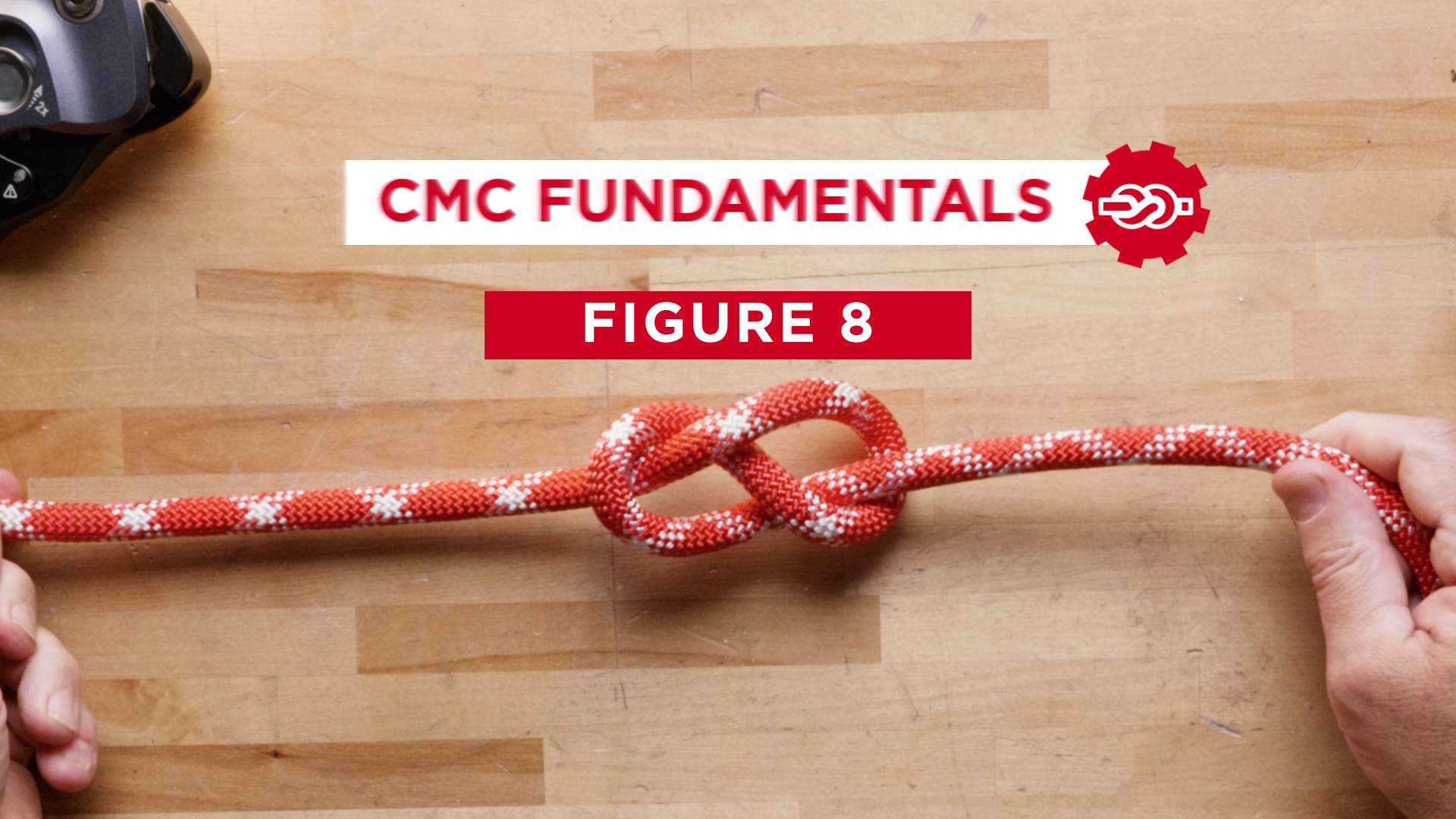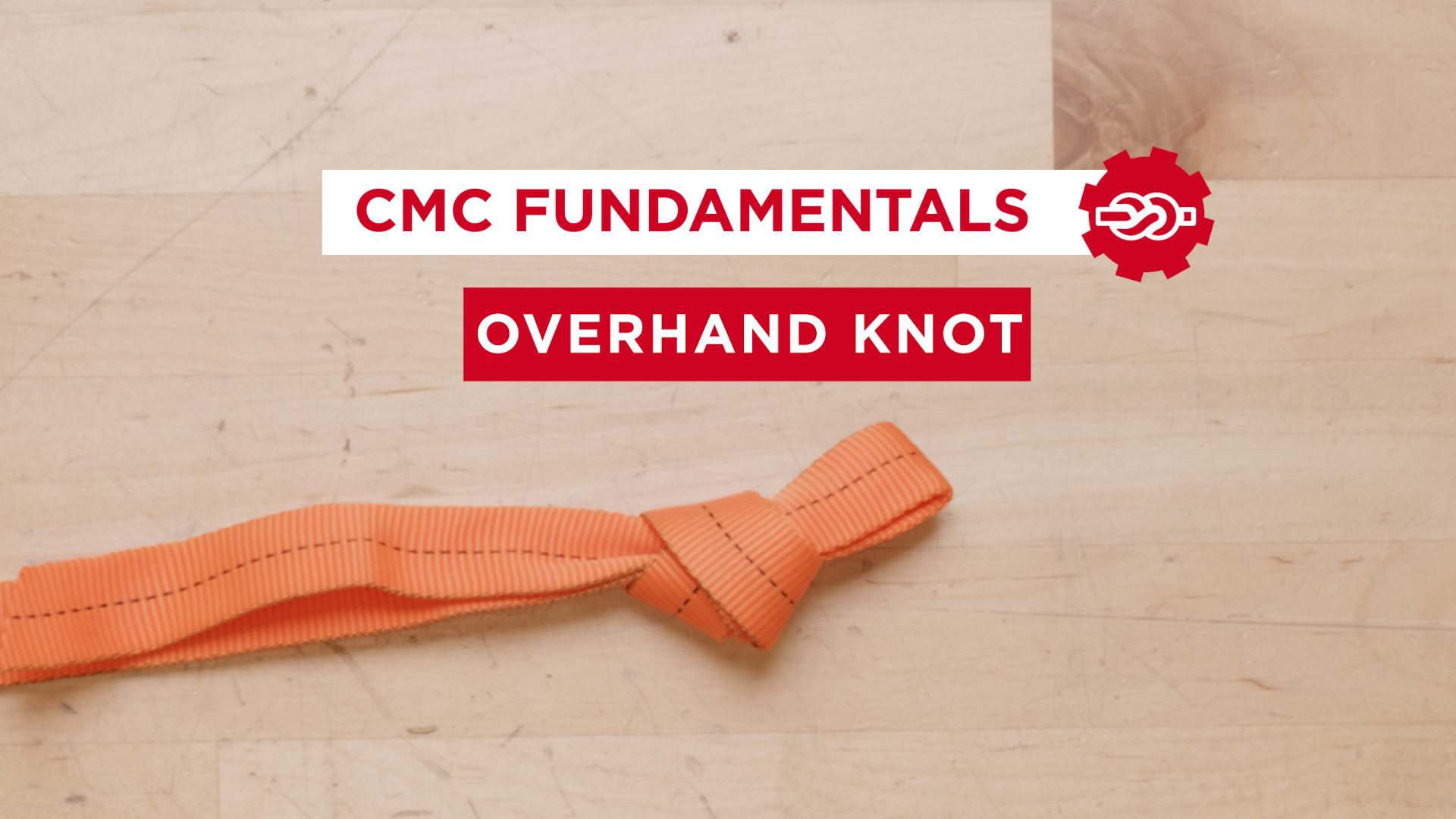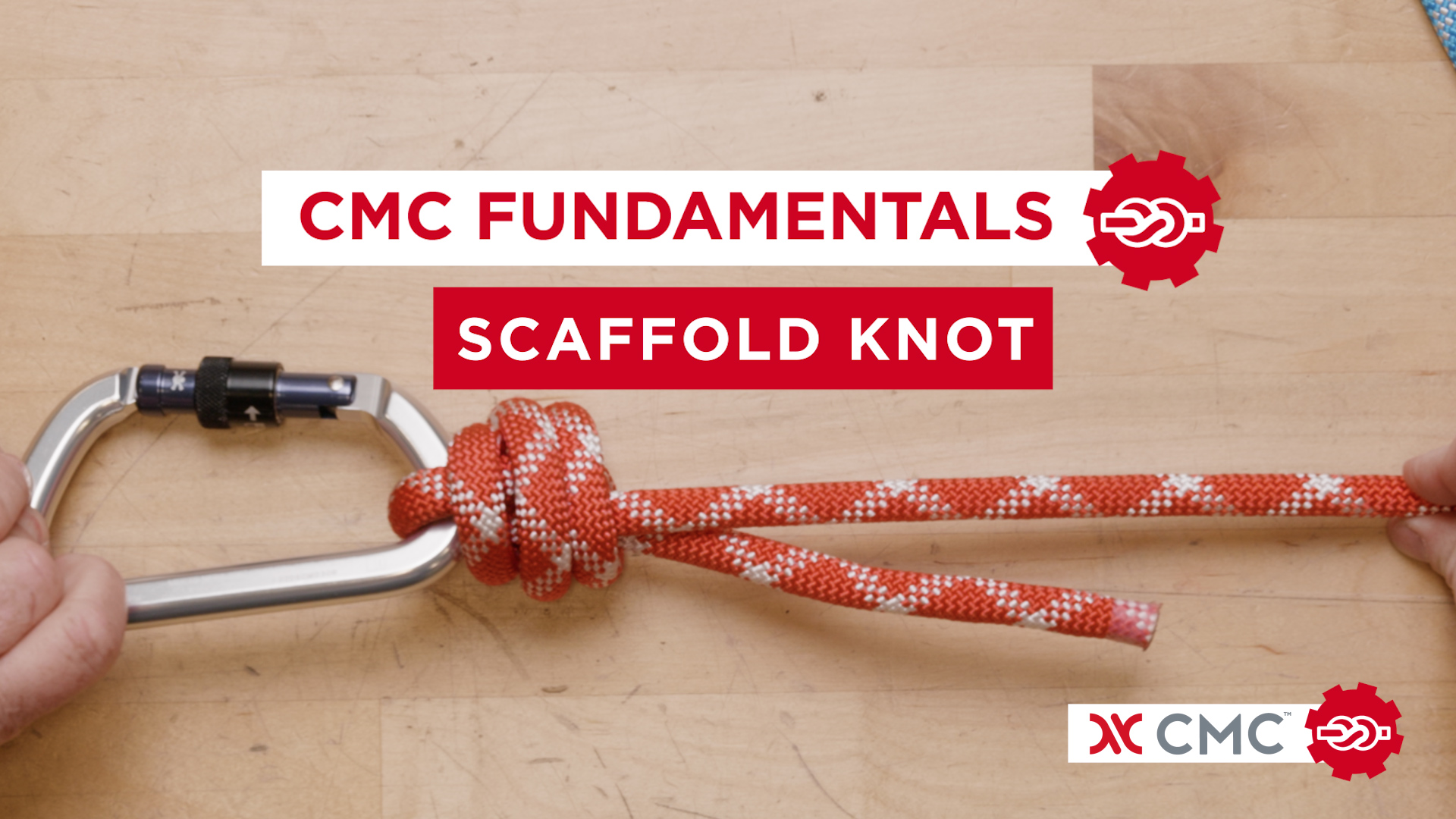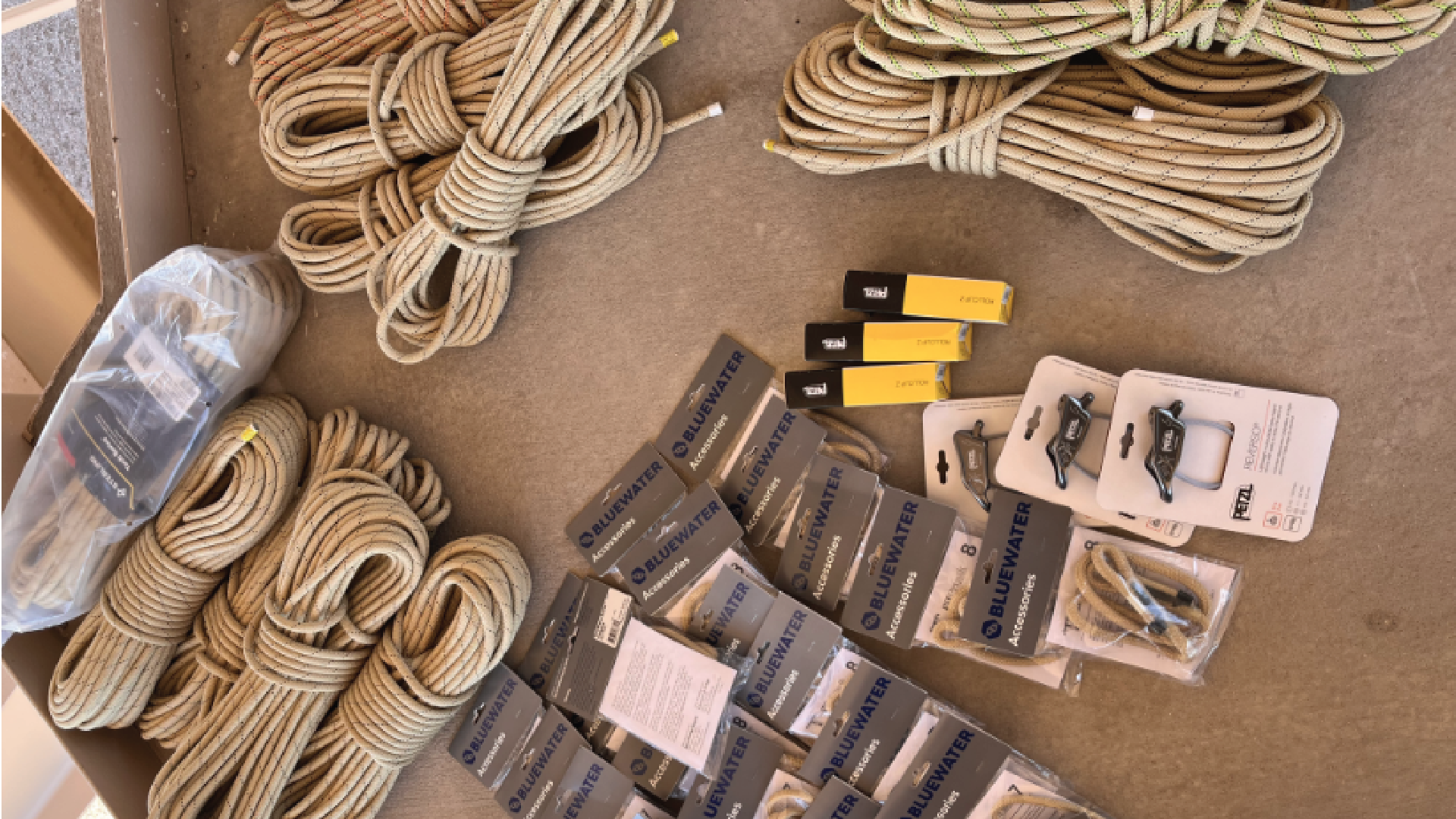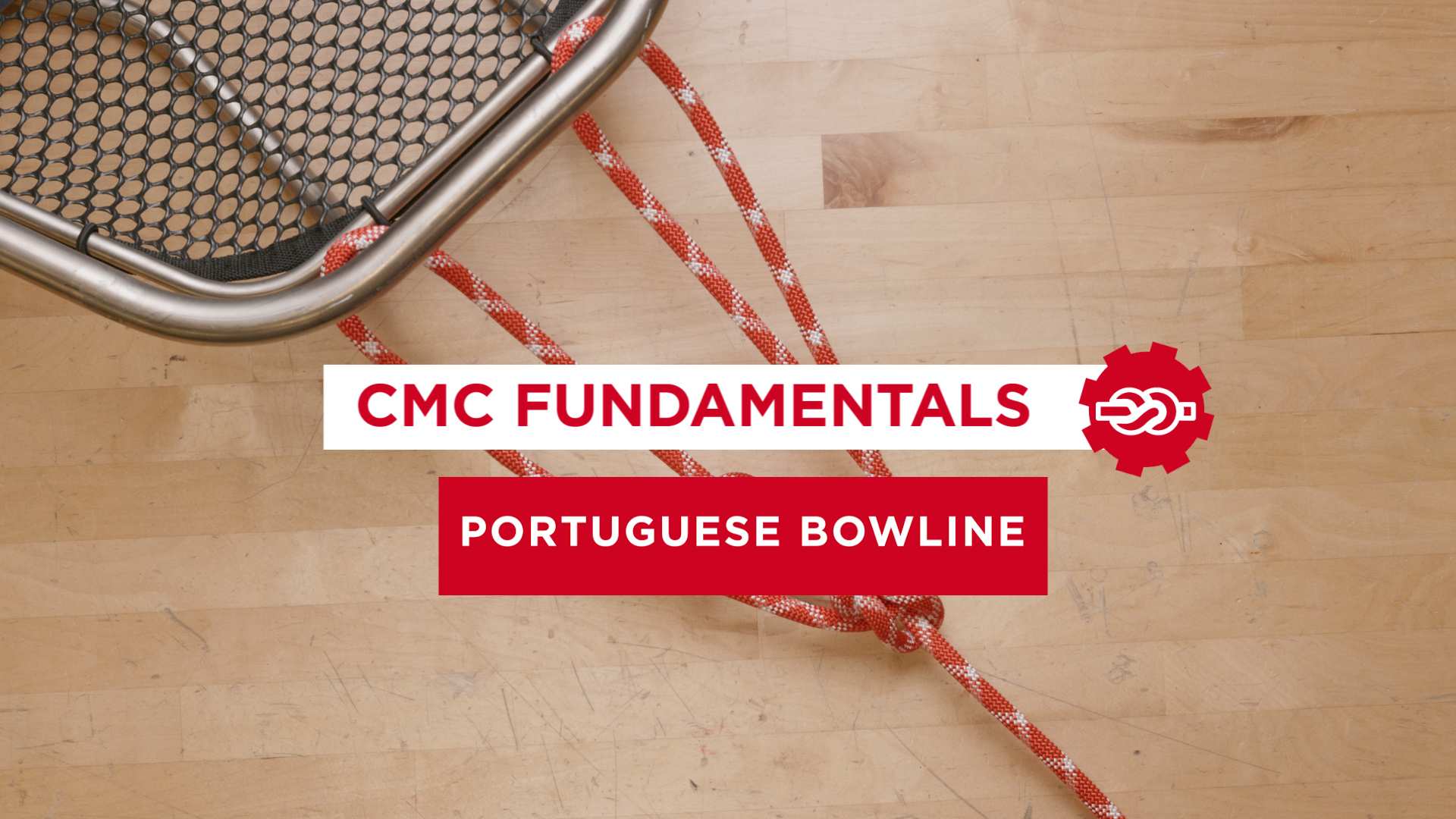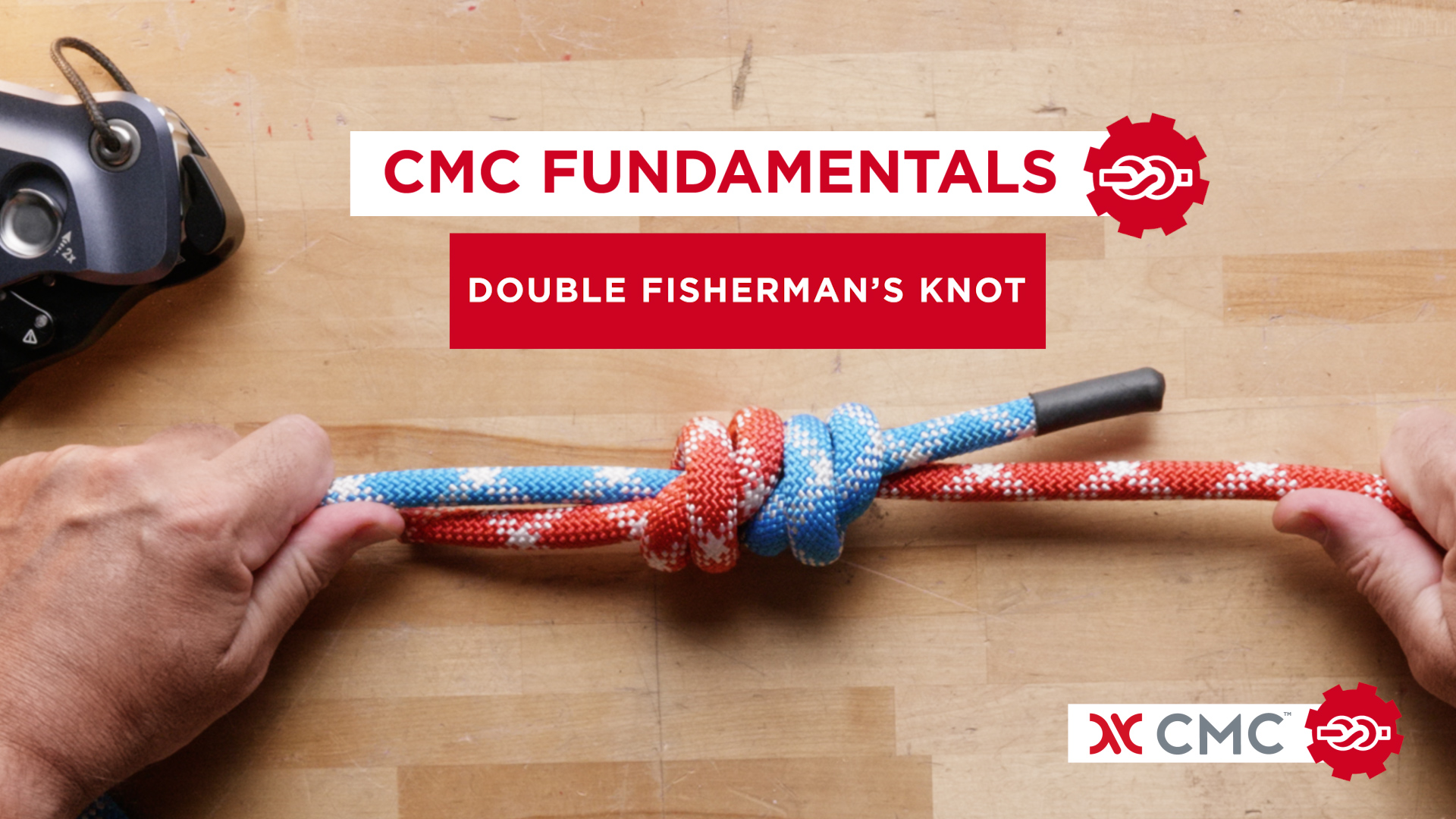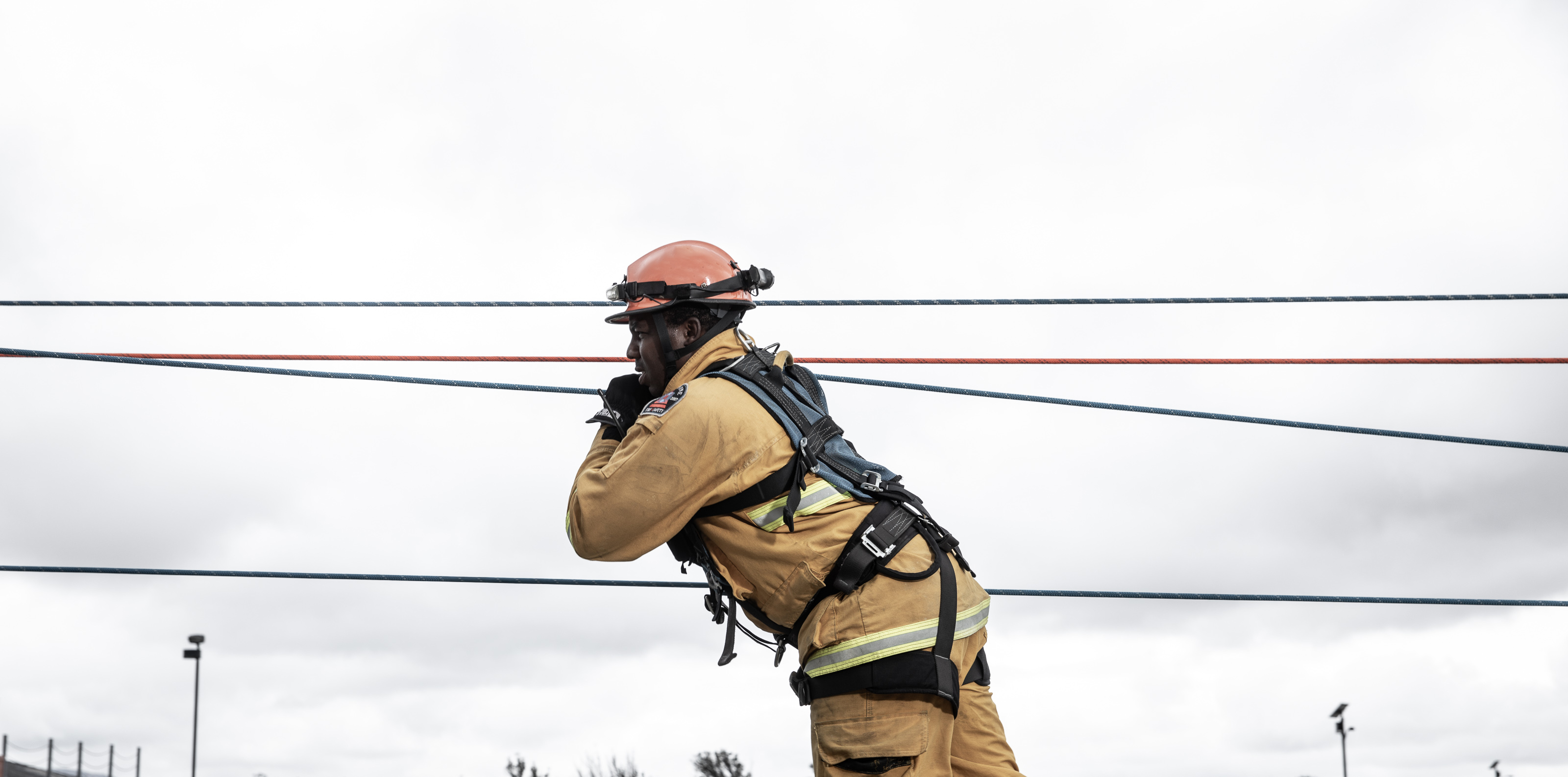
PRO TIP:
Inspecting Life Safety Rope
In this blog, CMC Senior Instructor Leroy Harbach explains the importance of each step required to properly inspect and maintain life safety rope.
A non-destructive test that measures the amount of residual strength in a rope does not yet exist. The decision to retire a rope or keep it in service relies on good judgement that only comes with experience in working with rope.
Inspecting a life safety rope involves three parts:
Visual
Tactile
Rope Log History
ASTM F1740-96 (2018) Standard Guide for Inspection of Nylon, Polyester, or Nylon/Polyester Blend, or Both Kernmantle Rope, provides excellent information and guidance on rope inspection. See also NFPA 1858 Standard on Selection, Care, and Maintenance of Life Safety Rope and Equipment for Emergency Services.
Rope should be carefully and completely inspected prior to putting it in service and then after each use. The inspection should be performed by an experienced individual deemed qualified by the agency/organization.
A complete inspection of new rope includes both a visual and tactile inspection.
- Visually inspect the sheath of both new and used ropes to identify chafed areas, glazed surfaces, discoloration or variation in diameter. These areas should receive additional scrutiny during the tactile inspection. Look for areas of abrasion or cuts in the sheath where the core fibers are exposed or enough of the sheath is worn that its ability to protect the core is compromised.
- The tactile inspection should be done with tension on the rope. Using a bare hand, feel for variations in size (bulging) and hard or soft spots that could indicate damage to the core (necking) or rope that has been overstressed. If any of the above are noted, the rope should be retired from service.
- After the rope has been completely inspected the results of the inspection should be annotated in a Rope Log.
If the rope has been subjected to shock loads, uncontrolled or excessive loading, fall loads or abuse, other than normal rappel, rescue training or rescue operations, the rope should be retired from service.
Keep ropes away from acids, alkalis, or other strong chemicals. Do not allow the rope to be shock loaded or used over sharp bends without edge protection.
While it is difficult to state specifically when rope should be retired because of the wide variations of each rope, ASTM F1740-96 and NFPA 1858, both use similar language. Retire any rope which is greater than ten (10) years old from the date of manufacture, regardless of history and usage.
If any doubt exists about the integrity of life safety rope, retire it from service.
“When in doubt – throw it out.”

